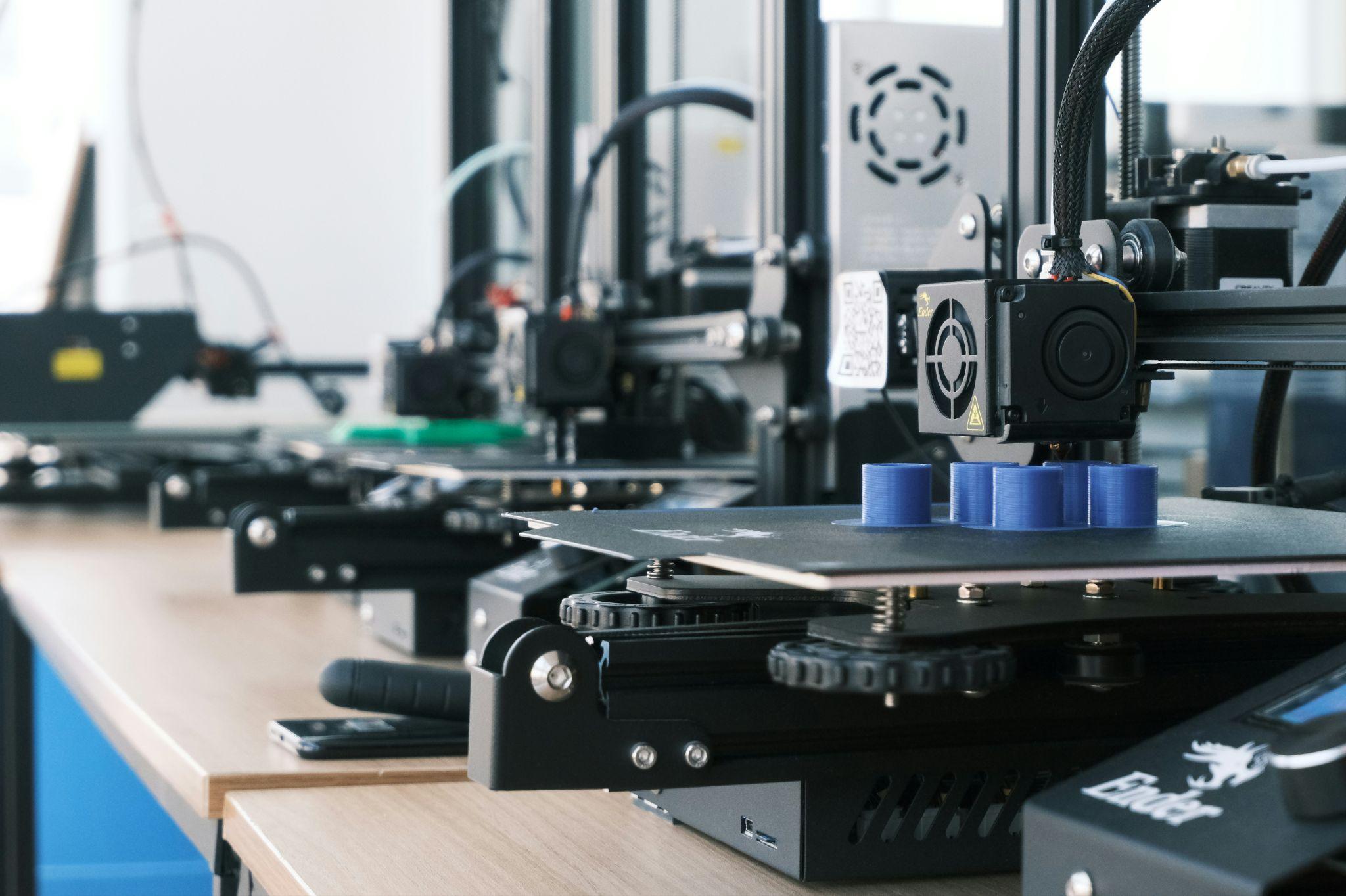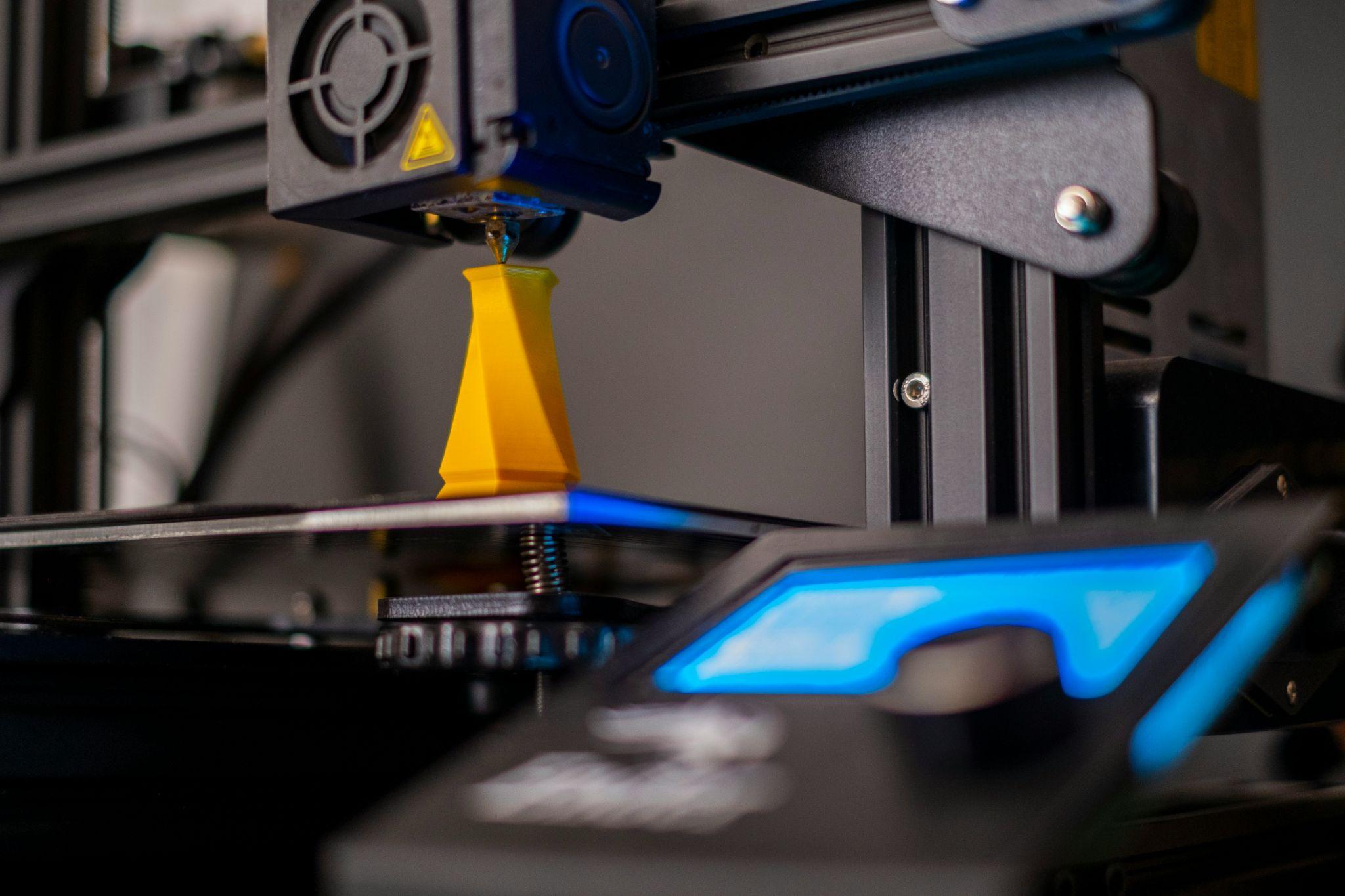In the rapidly evolving landscape of modern manufacturing, two prominent technologies stand out for their transformative potential: 3D printing and injection molding. Both techniques are pivotal in producing parts ranging from simple tools to complex components in critical industries. Understanding their cost benefits is crucial for manufacturers aiming to optimize production workflows and reduce expenses.
What Is 3D Printing?
3D printing, or additive manufacturing, involves creating three-dimensional objects by layering materials based on digital models. This method has revolutionized prototyping and production by allowing intricate designs to be created with fewer constraints than traditional manufacturing methods.
- Fused Deposition Modeling (FDM): Uses a thermoplastic filament that is heated and extruded to build layers.
- Stereolithography (SLA): Cures liquid resin with a UV laser to form layers.
- Selective Laser Sintering (SLS): Uses a laser to sinter powdered material into a solid structure.
What Is Injection Molding?
Injection molding is a manufacturing process for producing parts by injecting molten material into a mold. It is favored for high-volume custom injection molded parts that require uniformity and tight tolerances, making it a staple in mass-production environments.
- High-pressure injection molding: Molten material is injected at high pressure into a mold.
- Rotational molding: A heated mold is filled with a charge or shot weight of material, then slowly rotated, causing the softened material to disperse and stick to the walls of the mold.
Comparing the Processes of 3D Printing and Injection Molding

How Do 3D Printing and Injection Molding Work?
3D Printing: Begins with a digital model, then builds the object layer by layer, allowing for high customization and complexity without significant cost increases.
Injection Molding: Starts with creating a high-cost mold, then molten material is injected into this mold, making it less flexible but ideal for large-scale production due to lower variable costs.
What Are the Key Differences Between 3D Printing and Injection Molding?
- Design Flexibility: 3D printing offers more flexibility without additional cost.
- Speed: Injection molding has longer setup times but faster production rates.
- Cost at Scale: Injection molding becomes cost-effective at high volumes.
Cost Analysis of 3D Printing
Initial Setup Costs
The setup for 3D printing cost primarily involves the purchase of printers and materials, which can vary widely depending on the technology (e.g., FDM printers are generally cheaper than SLS machines).
Operation Costs
- Power consumption: Depends on the type of 3D printer.
- Maintenance: Regular maintenance is required, though it can be less intensive than that for injection molding machines.
- Material costs: Vary based on the type of printing and material used.
Labor Costs
3D printing requires less manual labor than injection molding, as most of the process is automated once the design is finalized.
Economies of Scale
While 3D printing does not scale as economically as injection molding, it remains cost-effective for small runs and prototypes.
Cost Analysis of Injection Molding
Initial Setup Costs
Significant initial investment in mold design and production, which can run into thousands or even millions of dollars, depending on the complexity.
Operation Costs
- Material costs: Generally lower per unit as materials can be bought in bulk.
- Power and maintenance: High energy consumption and regular maintenance are needed.
Labor Costs
Labor costs can be higher as professionals are needed to operate machinery and manage production.
Economies of Scale
The cost per unit decreases significantly as production volumes increase, making it ideal for mass production.
What Are the Advantages of 3D Printing Over Injection Molding?

- Customization: Each item can be uniquely customized.
- Complexity without cost penalty: Complex designs do not increase costs.
- Reduced waste: Material is added rather than carved out.
- Shorter setup time: No need for mold creation.
When Is Injection Molding More Cost-Effective Than 3D Printing?
- Large volume production: Costs per unit drop significantly.
- Simpler designs: Less complex tools can be produced cheaply.
- Materials cost considerations: Cheaper materials for high-volume runs.
Case Studies and Real-World Examples
Small Scale Productions Using 3D Printing
Examples include bespoke jewelry and medical implants, where customization and complexity are required at low volumes.
Large Scale Productions Using Injection Molding
Automotive and consumer goods industries benefit from the low-cost production of high volumes of parts with uniform specifications.
Future Trends in Manufacturing Costs
Technological Advancements in 3D Printing
Ongoing developments are likely to reduce costs and improve the quality and speed of 3D printing, making it more competitive with traditional methods.
Innovations in Injection Molding
Technological improvements are also enhancing efficiency and reducing waste in injection molding processes.
How to Choose Between 3D Printing and Injection Molding
- Production volume: High volumes favor injection molding.
- Product complexity: High complexity favors 3D printing.
- Material requirements: Specific material properties may be easier to achieve with one method over the other.
- Time constraints: Short lead times favor 3D printing.
Conclusion
Understanding the cost benefits of 3D printing versus injection molding is crucial for manufacturers aiming to optimize their production processes. By evaluating the specific needs of their projects—considering factors such as volume, complexity, and material requirements—manufacturers can choose the most cost-effective and efficient production method to meet their goals.





